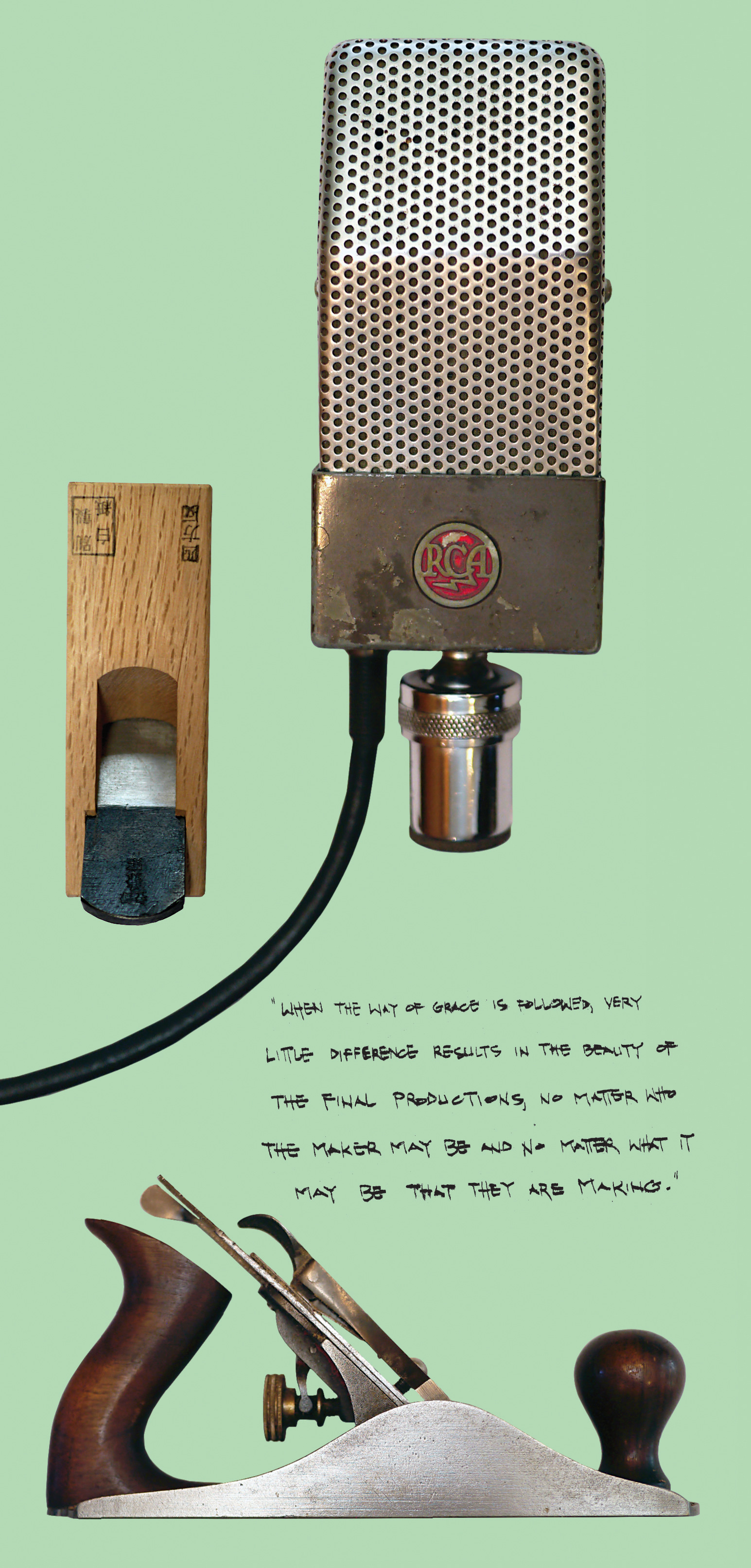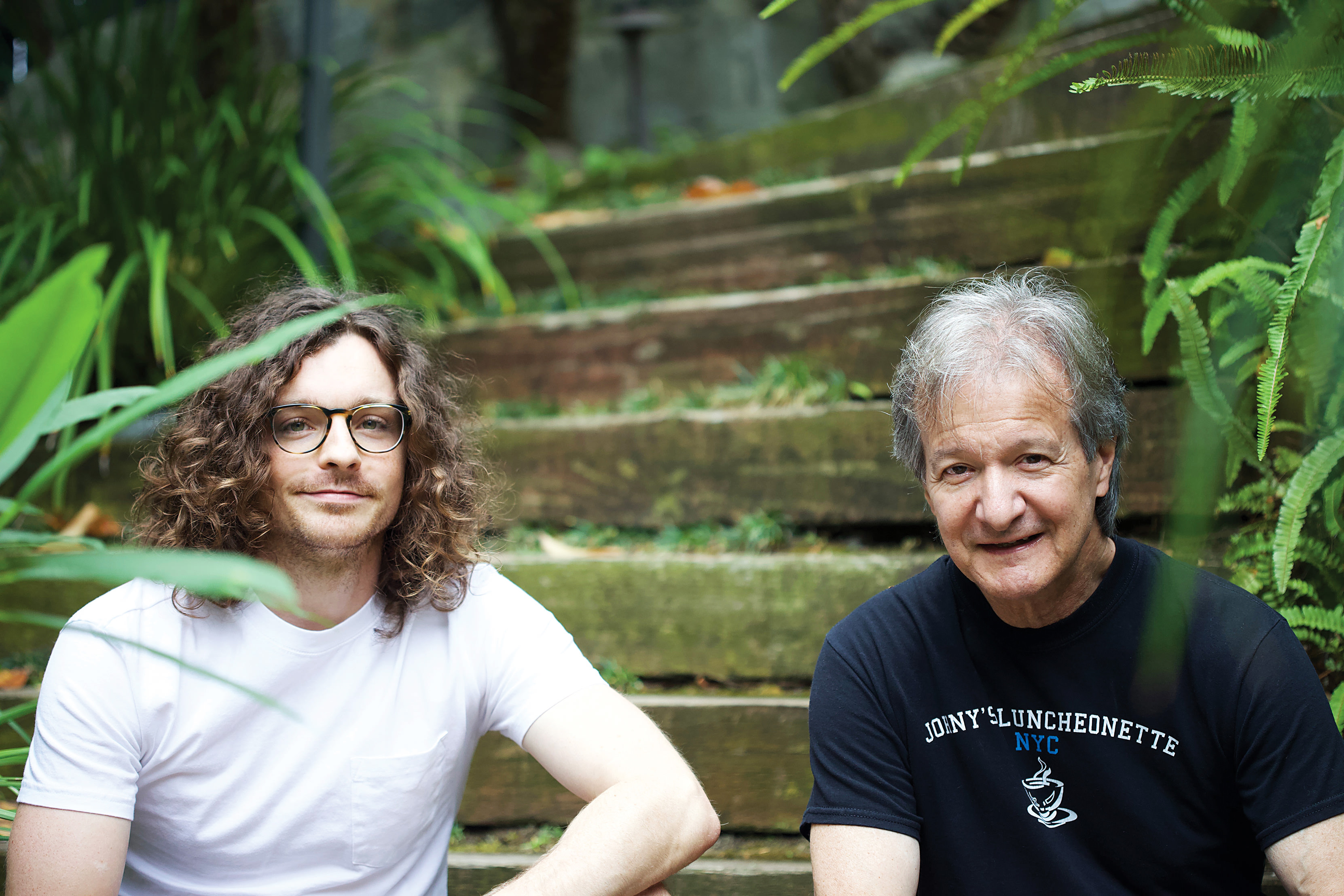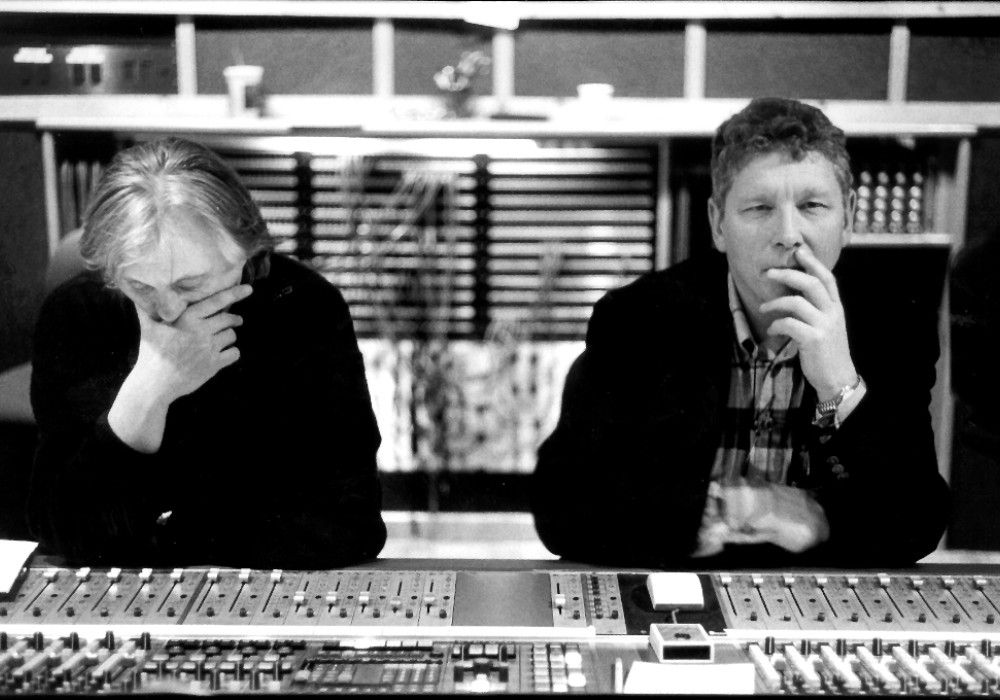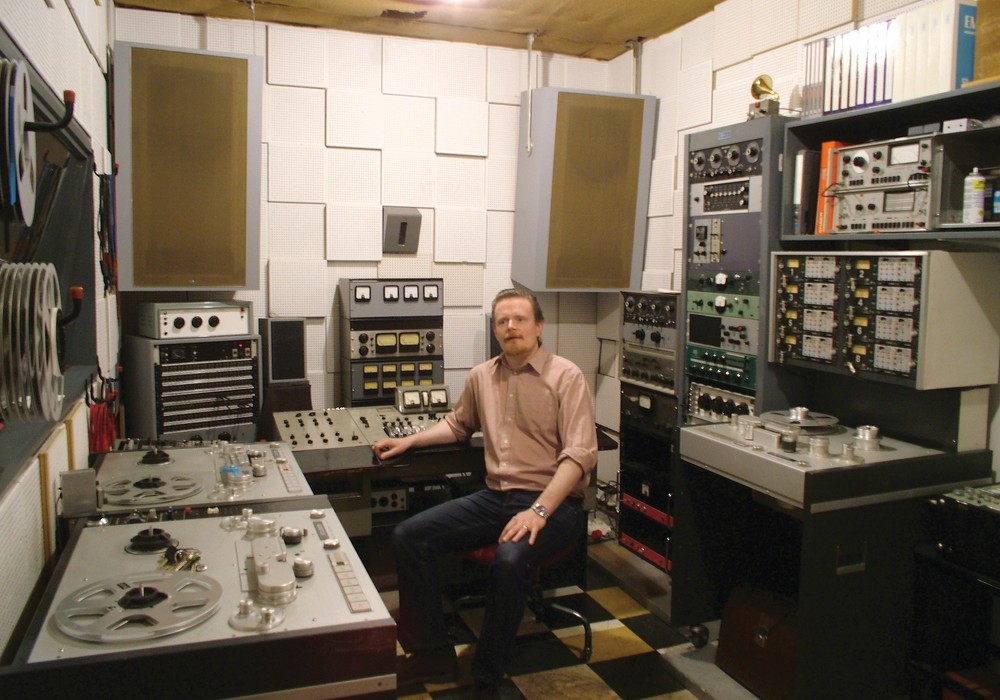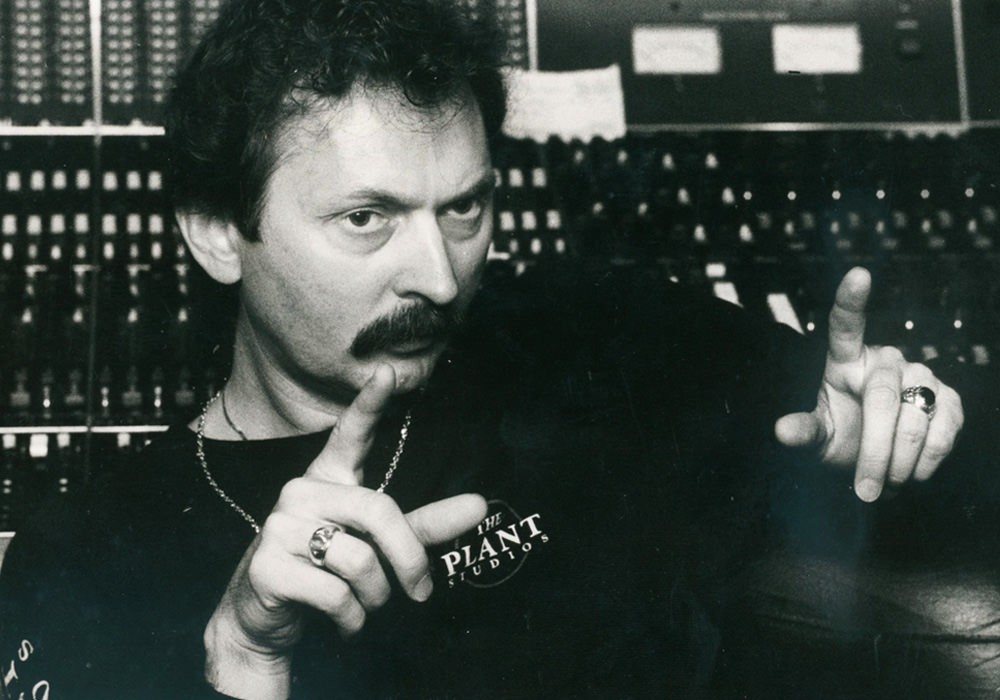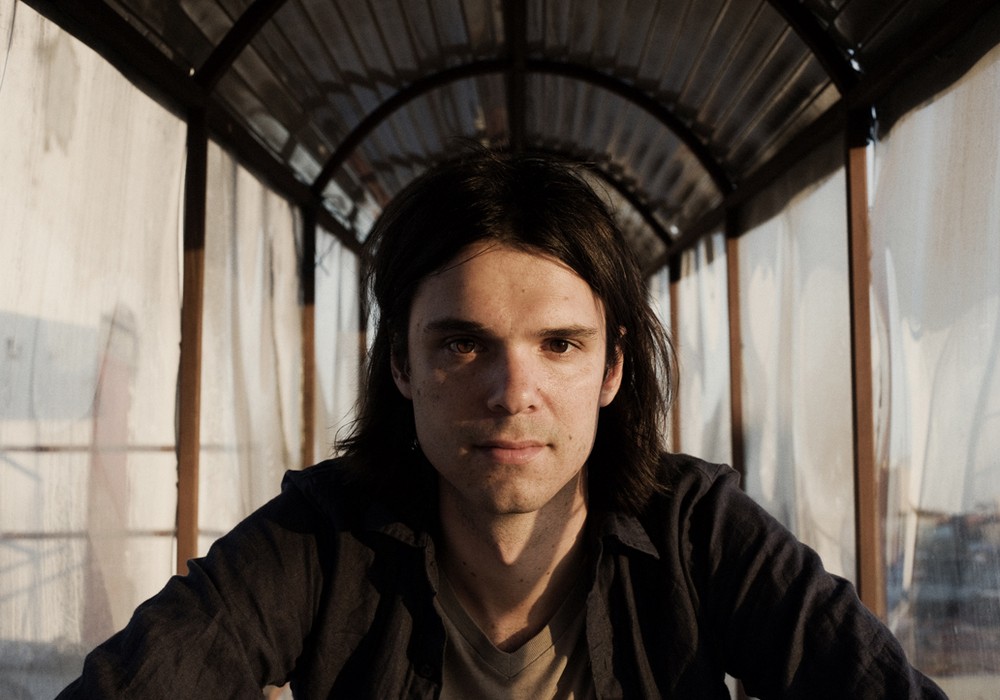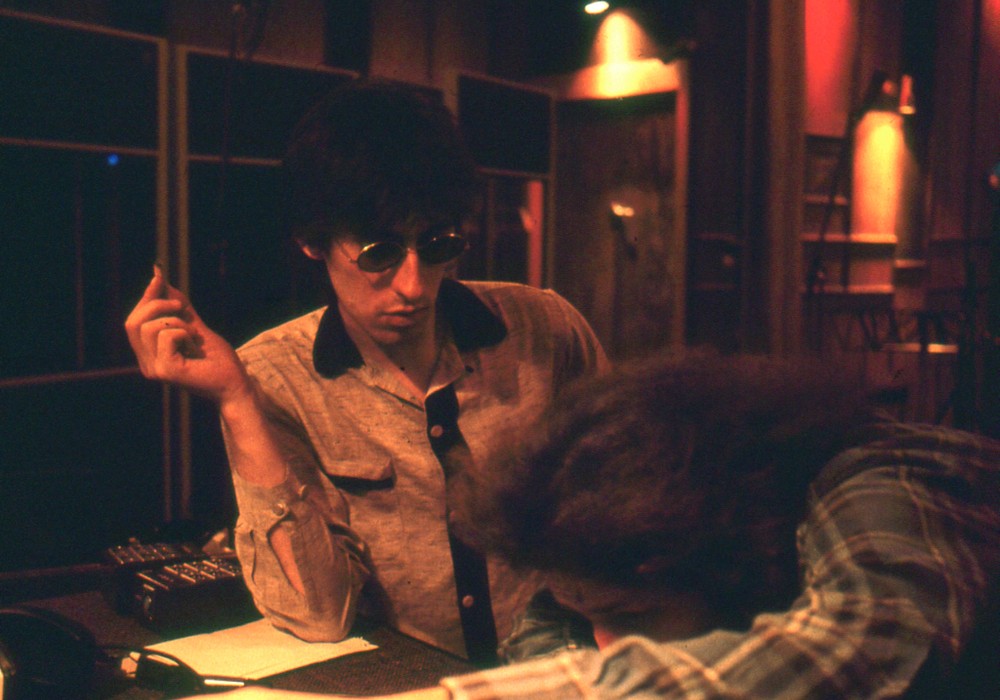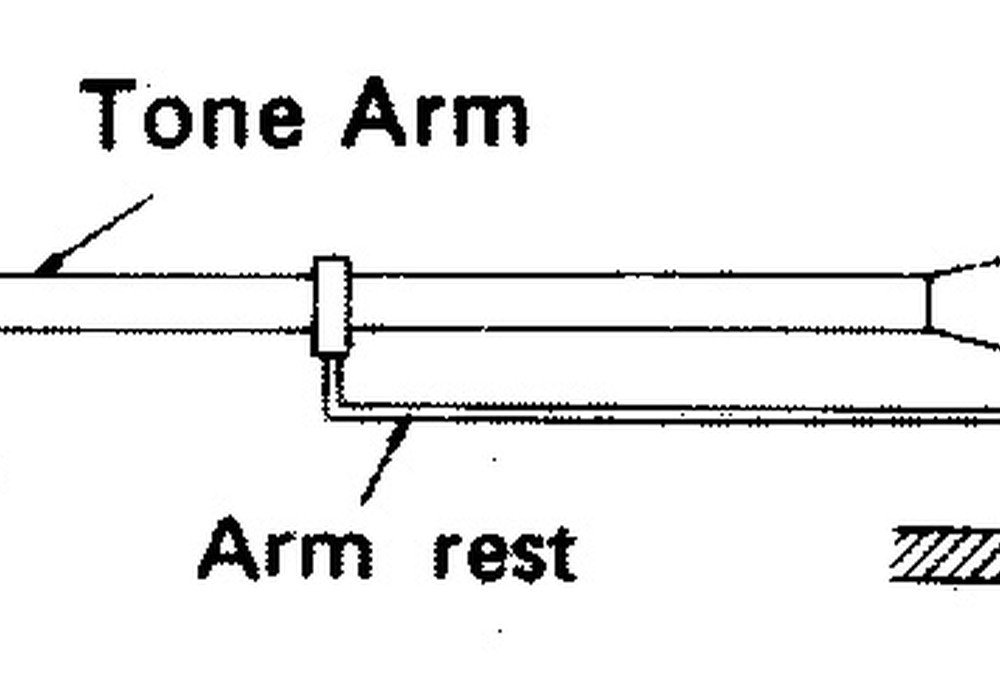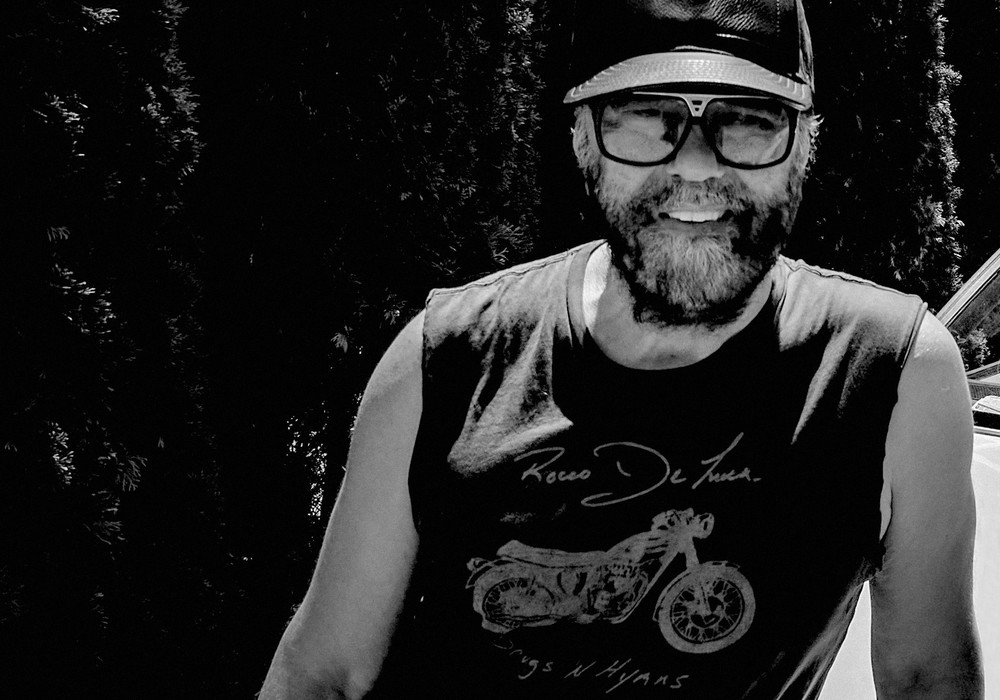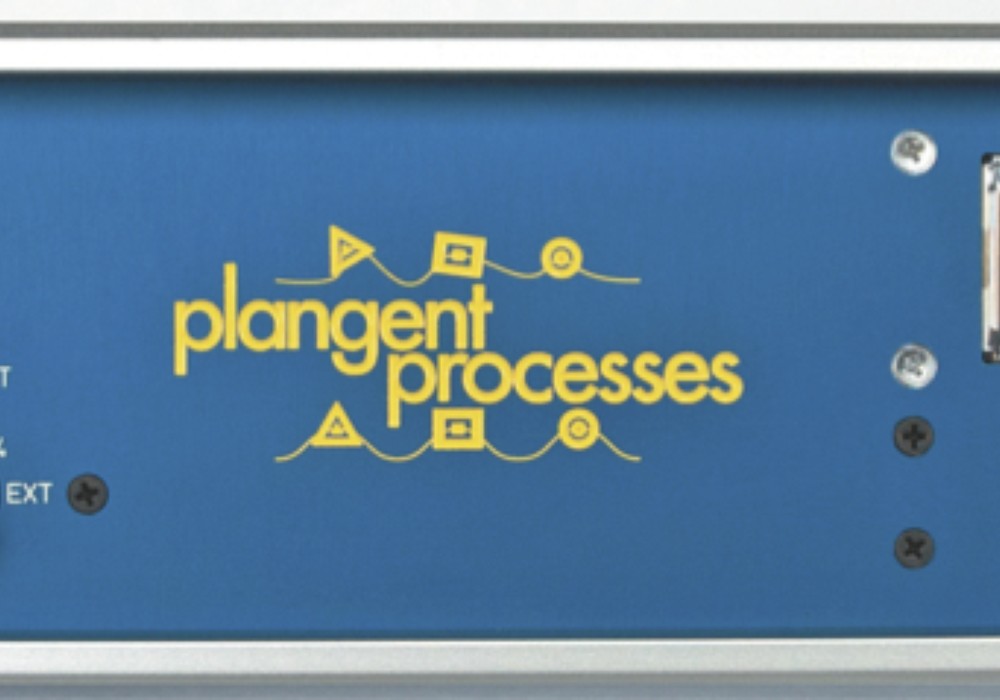Bob Clearmountain is no stranger to the pages of Tape Op, as we’ve chatted with him in issues #84 and #129. But when Marlene Passaro at Apogee Digital asked us if we’d be interested in a discussion between Bob and Jesse Ray Ernster, a young mixer he admires, we said yes. Bob is a legend for his work with Bruce Springsteen, David Bowie, and Chic, and Jesse is working with popular artists such as Doja Cat, Burna Boy, UMI, and Kanye West.
Jesse grew up in Minneapolis, Minnesota, surrounded by music. His mother was a singer/songwriter, and his father was a multi-instrumentalist producer with a lakeside home studio. “My dad liked to make records with his friends and hang with the family.” His dad recorded Jesse’s bands, but soon Jesse decided he liked being in the studio more than touring. He focused on studio work as well as mixing, and soon found himself teaching recording at the Minneapolis Media Institute based in the legendary Flyte Tyme Studios. When MMI shut down in 2016, Jesse decided it was time to make the move to Los Angeles, California, where there was more infrastructure to work in music and mixing.
Bob and Jesse work quite differently; Bob on his SSL G Series console, and Jesse entirely in the box (although he does have a few pieces of hardware that he uses on inserts, he’s not using any analog summing). His control room is also unique as there is no console or desk, just a wall of modified Yamaha NS-10 monitors. “When I got rid of the desk, all the reflections and comb filtering went away,” he explains, “so the monitoring is super accurate now.” Read on as Bob and Jesse compare and contrast how they get into the mix. -JB
Let’s get started:
Jesse Ray Ernster: Hi, Bob! Nice to see you. What are you working on these days?
Bob Clearmountain: Hi, Jesse. Nice to see you! We’re about to start doing some radio shows again here at Apogee, and hopefully maybe some live streaming. We’ve upgraded our video setup, which is my own little personal project I’m having fun with. Being an audio guy, it’s fun messing around with home video a little bit.
The philosophy of mixing and being along for the ride:
BC: I’m looking forward to hearing what you do, actually. I know what I do.
JR: There are two different ways that I could approach this. I think that in the first few years of learning to do what we do, there’s this gap between hearing the song and having the ideas. Then there’s being able to execute them, hearing the result, and being happy with that result. Especially now, with computers and technology, there are so many stages and kinks to work out. How many mouse clicks come between having the idea to boost the presence and the overall quality of a vocal? How many steps does it take to get there, to where I’m hearing it and I’m pleased? Then, usually once I’ve actually gotten there I can say, “Okay, I’ve successfully found the plug-in and boosted the top end, but now it’s not right.” How many times am I refining and having to go back to do that? I feel like once I can get into the mix, once I hit that point where I’m not even consciously thinking about the technical attributes of the job, I’m just thinking musically, grooving, and that’s when I really get in.
In and out of the box:
BC: You were saying mouse clicks and plug-ins, and that’s the difference, obviously, between the way that you and I work. I work on an analog desk. I do use plug-ins a bit, but usually more when I run into problems. If I can’t quite get to it on my SSL, I’ll turn to a plug-in. Most of the time, it’s easier because of the way everything’s laid out in front of me, and I just have to grab knobs. I don’t have to think. I hardly have to think at all, because it becomes instinctive. It’s like playing a guitar. If you’re a good guitar player, you don’t think about what your finger’s going to go to next, what fret. I don’t have to think about clicks, plug-ins, and what plug-in is going to work. I have the same equalizer on every channel. I’ve got a couple of things in the rack, but those are for specialty work. I think what you’re talking about for us old guys is a stream-of-consciousness process. I listen to your records, and I don’t know how you can keep your sanity while having to open plug-ins and figure out which plug-in you’re going to use on a particular thing. It seems like there are a whole lot more decisions that you’re going to have to make when you’re mixing. I know when I sit down and try to do a mix in the box, I just get pissed off. I want to take the thing and fucking throw it in a pool. [laughter] It pisses me off. How do you deal with that?
JR: You have to automate. I use keyboard macros, customized shortcuts, and different commands and scripts, along with a template that my assistant preps out. That way I’ll have the same EQ on everything, at least for a starting point. It’s the only way to make it flow, because I’m super impulsive, impatient, and very hyperactive ADHD. I don’t run the mix through a factory of the same settings or anything like that. I don’t template a mix, but it needs to be fast. Once I managed to get that going, it was definitely becoming fun. Now, it’s like when I used to gig. I’d get halfway through a set and realize that I have not been conscious for any of it! Instead, I’ve been daydreaming about my plans next Thursday. [laughter]
BC: That happens to me a...
